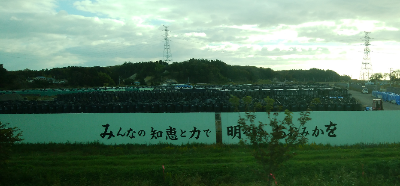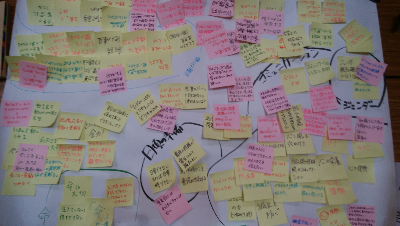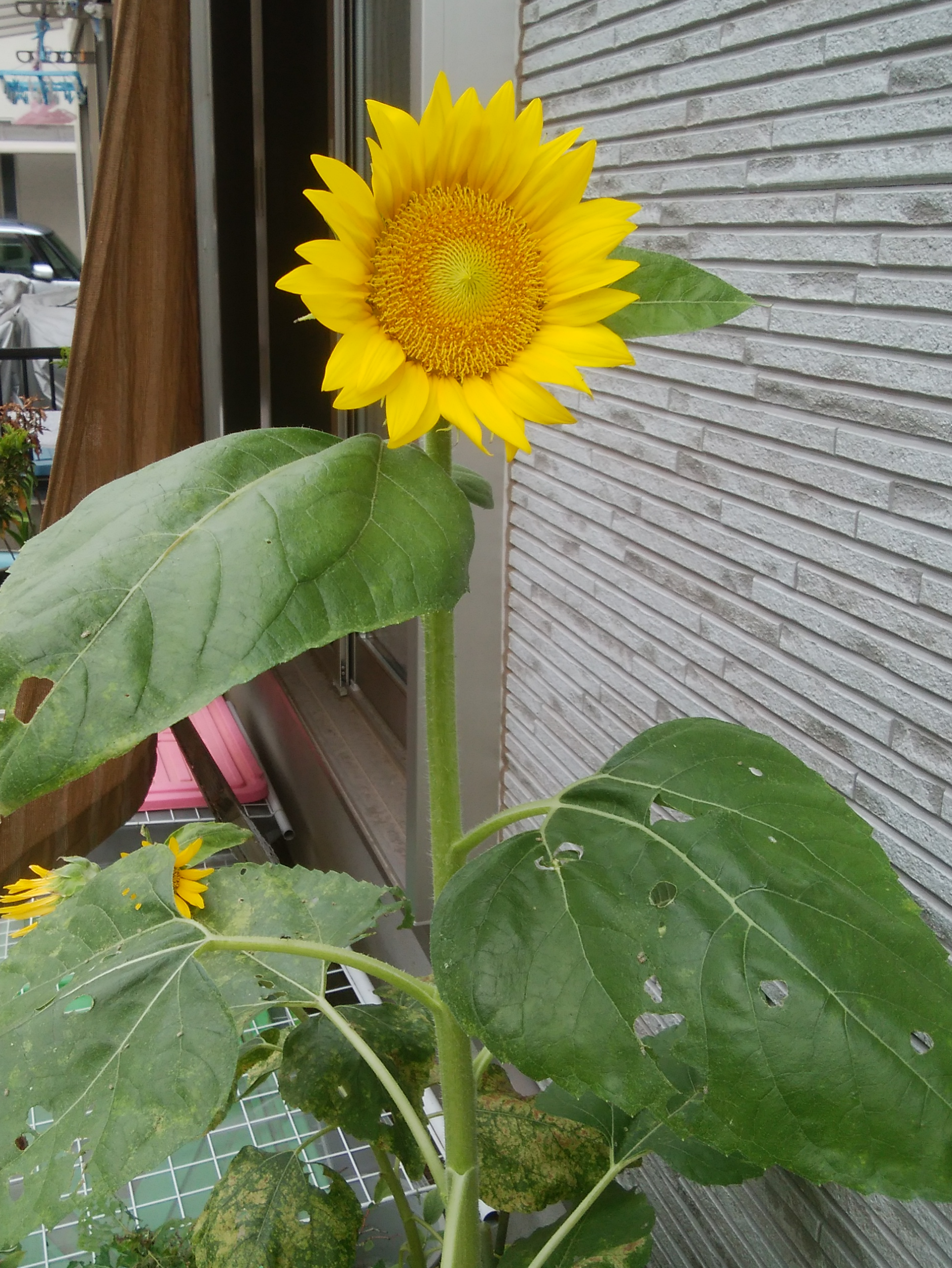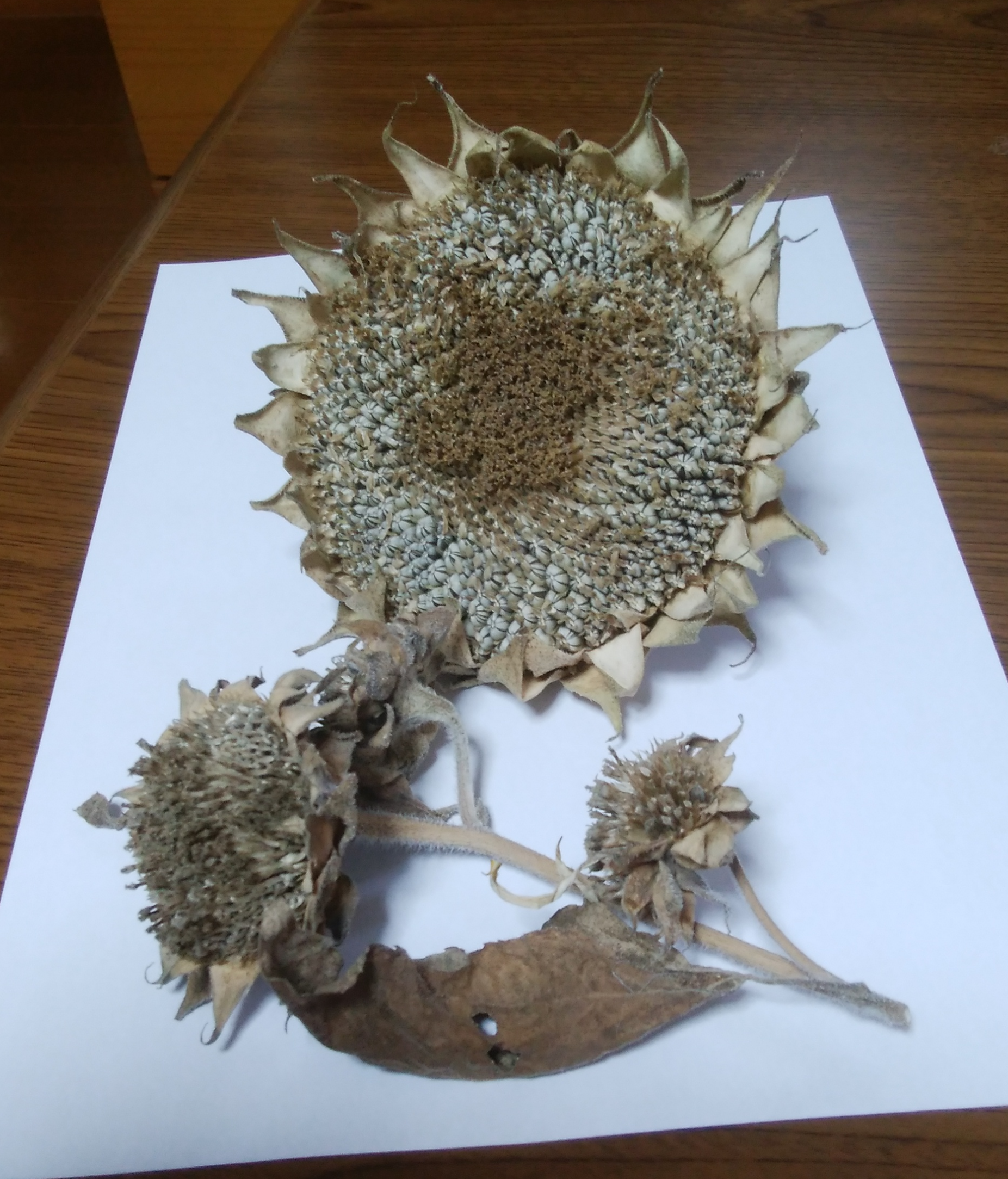日本語
Please give us coments!→shirou.fukushima.ocha@gmail.com
Present Fukushima
3rd day
While watching Iitate Village from the bus, we heard the story of a woman who is running a farm. Even though neither the benefits of electricity nor a damage of tsunami had been received, the soil containing plenty of the nutrients they had steadily made was scattered by 5 cm from the ground surface for decontamination, had been built up on the roadside. I felt painful imagining the frustrated feeling.
Lastly, we listened a lecture from a professor who had been a person in charge of the management of a shelter, about the urgent situation of shelters at the time and conducted the simulation of shelter management. I convinced me and received a great shock by the word "Where considered to be free of danger of disasters will be accepting for evacuation".
It is predicted that a direct-capital-type earthquake and a South sea Trough earthquake will occur and expected that more refugees will expect than the Great East Japan Great Earthquake within the next 30 years now, in order to create shelter environment where people can spend as much as possible I felt that the young generation like us had to prepare it.

Through the three days, I have asked various questions and discussed in a group with other students, five or six people, spreading imitation papers and labels at the end of each day and, I thought the camp had a big meaning of thinking.

↑Summarized opinions in the time of discussion which everyone shared and made
However, while listening to the story, there were scenes that I felt doubtful that "Is this real intention?" Because of the position, it has no choice but that many different opinion, real intention and public stance, and how to make the environment where we can exchange opinions without staying in that shell is important. Also, although the scenery was beautiful and food was delicious, it seemed that it has a shortage of crucial "Want to live", I felt strongly the necessity of identifying the factors and taking measures.
There is no telling before disasters occur.
It was three days that we were thought about ways of knowing, thinking and sending our high school student as a matter of ourselves, not others.
In addition, as a further activity, I planted sunflower seeds in spring that had been enclosed a handmade name can plate used for 3 days and got about 140 seeds in summer, and sent it back to Fukushima. This is the sunflower of the project which means to connect and widen the circle of people. I’ll grow remaining 4 now I have and send next year.


↑The raised sunflower and the harvested seeds
 previous page Fukushima Study Camp 2017 2nd day←
previous page Fukushima Study Camp 2017 2nd day←
→next page Fukushima Study Camp 2018 1st day
